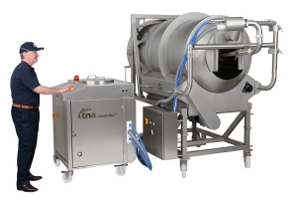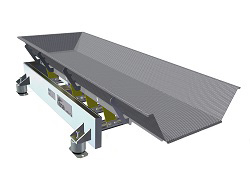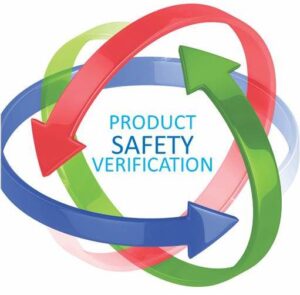Top 5 considerations for your seasoning systems
flexibility | 3 mins read
March 7, 2014
As an integral part of any snack, confectionery or baking line, seasoning systems determine the flavour, mouthfeel and appearance of a product. Seasoning has many dimensions, the primary four of these are: smell, taste, appearance, and time. The first two relate to the flavour recipe itself, whereas the latter two are a result of the seasoning process and set up during manufacturing. Speed, accuracy, consistency, flexibility and minimal waste are all essential characteristics of seasoning equipment.
Does your seasoning equipment deliver in all these areas? Does it still fit your current and future needs? If you answered no to either of those questions, it may be time to look again at your seasoning process, making sure to identify the seasoning system that best suits your needs, particularly from a performance and flexibility perspective.
Below are our top five considerations for selecting a system that will match your specific requirements. You won’t look at seasoning in quite the same way again.
1. The type of product to be seasoned:
Each type of snack base product has its own set of attributes, unique product structure, surface and topography which will challenge the application need. Processing methods also influence the way products can be seasoned, for example baked goods tend to be drier and therefore need more oil for seasoning powders to stick, while fried snacks may retain enough surface oil to allow powders to adhere. Here, don’t just consider the products you manufacture now, think about how your product range might expand or diversify into in future.
2. Fulfilling different application requirements:
Seasoning can take the form of flavoured dry powder, flavoured oils or a flavour slurry mix of oil and powder, all of which deliver flavour differently and can be customised to suit consumers’ palettes. A multiple use factory producing numerous snacking or baking lines will often need the capabilities to service multiple seasoning methods. Another key consideration is between mainline (MLS) and on-machine seasoning (OMS) methods of application – the final selection will come down to your requirements in terms flexibility and flavour applications, and the size of your production line.
3. Making the seasoning stick:
Oil is most commonly used to make seasoning stick to products, particularly for powdered flavourings. Determining when and how much oil is applied is critical to ensuring that the spread of oil is across the surface, as opposed to being quickly absorbed by a product that is still very hot. Ensuring an even coating and consistency are also essential here.
4. Achieving an even application:
Reducing waste and raw material costs has become an even greater focus in recent years. Raw material wastage or rejected products resulting from the incorrect or inconsistent application of seasoning can be costly. Integrated control and monitoring solutions can help to ensure that seasoning levels are adjusted to both suit the product and to optimise efficiencies.
5. Creating greater trust in labels:
Consumers are now much more likely to read declaration labels when making their purchase decision. Selecting the best seasoning application system will enable you to apply only as much oil as is needed for taste, plus, with consistent application the declared fat content will be true to its word.
To hear more about seasoning systems, download our white paper “Seasoning systems to match your needs”.
Or, to find out how tna can help your business become more efficient please contact tna.


























